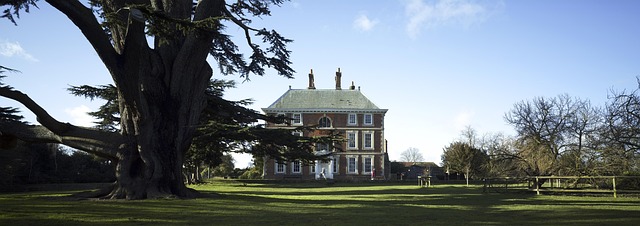Garland, Texas, faces unique challenges in tree management, but strategic planning is crucial for enhancing aesthetics, ecological health, and quality of life. Effective tree care practices beautify the community, provide environmental benefits like improved air quality and weather mitigation, and boost property values, attracting businesses and tourists. Garland TX tree maintenance services begin with a comprehensive audit of existing trees, followed by tailored management strategies based on age, density, and proximity to structures. Strategic planning includes phased actions, regular inspections, and best practices in water management, mulching, and seasonal care to ensure tree longevity, contributing to both aesthetic improvements and the city's sustainability goals regarding Garland TX Tree Maintenance.
In the vibrant city of Garland, Texas, effective tree management is not just an aesthetic consideration—it’s a crucial component of sustainable urban planning. This article explores the significance of tree maintenance in Garland TX and provides an insightful guide to comprehensive tree management strategies. From understanding the local environment to implementing tailored plans, discover how proactive tree care can enhance the city’s beauty and resilience. Embrace the power of strategic Garland TX tree maintenance for a greener, healthier future.
- Understanding Garland TX Tree Management: Why It Matters
- Comprehensive Tree Maintenance Planning in Garland TX: Steps and Strategies
Understanding Garland TX Tree Management: Why It Matters

Garland, Texas, like many urban areas, faces unique challenges when it comes to tree management. Effective tree maintenance is crucial for a city’s overall health and aesthetics, ensuring a vibrant and sustainable environment for residents. The strategic planning and execution of tree care practices in Garland TX are essential for several reasons.
Firstly, proper tree management enhances the quality of life for citizens. Trees provide shade, improve air quality, and contribute to the overall beauty of the community. They also offer ecological benefits by providing habitats for local wildlife and helping to mitigate extreme weather events. Moreover, well-maintained trees can increase property values and foster a positive image of the city, attracting businesses and tourists alike. Garland TX tree maintenance services play a vital role in preserving and enhancing the natural resources within the city limits, ensuring a healthier and more desirable living space for its residents.
Comprehensive Tree Maintenance Planning in Garland TX: Steps and Strategies

In Garland, Texas, comprehensive tree maintenance planning is a strategic process that involves assessing, prioritizing, and managing urban forests for both aesthetic and environmental benefits. The first step is conducting a thorough audit of the existing tree population, which includes identifying species, sizes, locations, and overall health. This data provides a baseline for developing a tailored management plan. Once gathered, professionals consider factors like age, density, and proximity to structures to determine specific needs—from pruning and fertilizing to pest control and replacement.
Strategic planning involves setting realistic goals and implementing phased actions. Regular inspections help monitor progress, ensuring trees remain healthy and safe. Moreover, integrating best practices for water management, mulching, and seasonal care can enhance tree longevity. For Garland TX tree maintenance, proactive approaches not only beautify landscapes but also contribute to the city’s overall sustainability efforts.
In Garland, Texas, effective tree management planning is not just an aesthetic consideration; it’s a strategic necessity. By implementing comprehensive maintenance strategies, residents and local authorities can ensure the health and longevity of their urban forest. Through regular inspections, proper pruning, pest management, and thoughtful planting, Garland TX tree maintenance becomes a tool for enhancing community beauty, improving air quality, and mitigating risks associated with severe weather events. Adopting these practices contributes to a vibrant and resilient urban environment for current and future residents alike.






